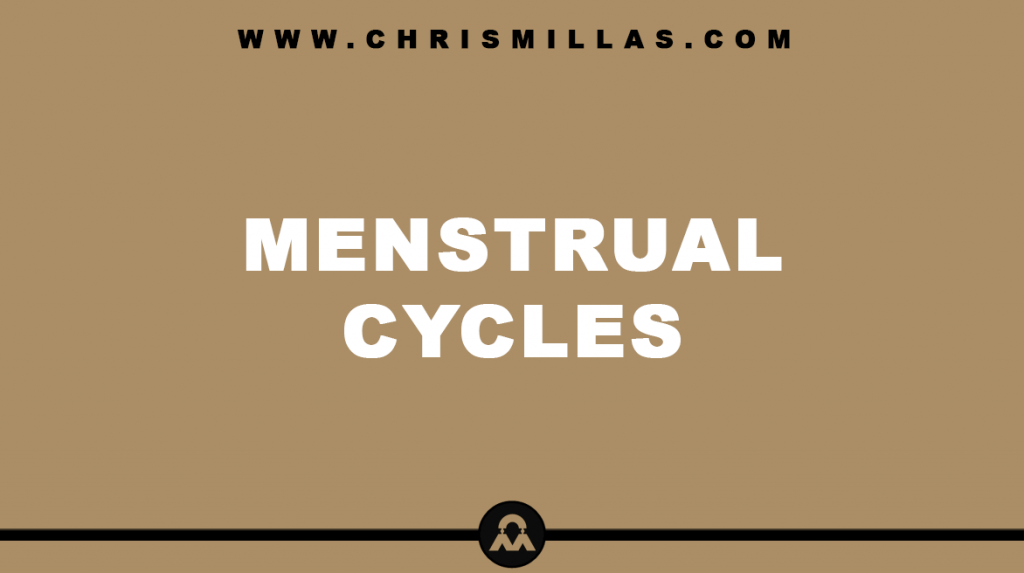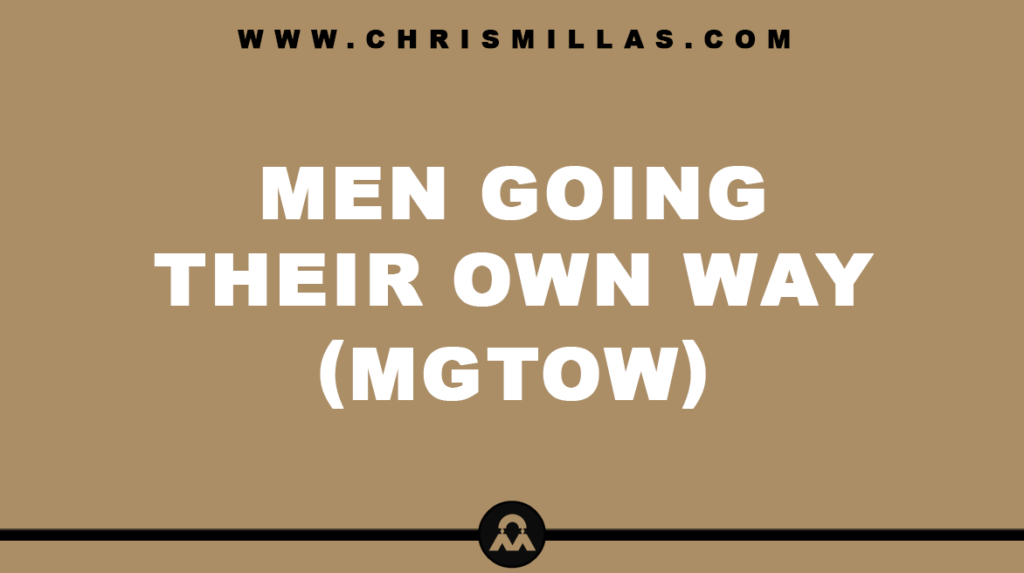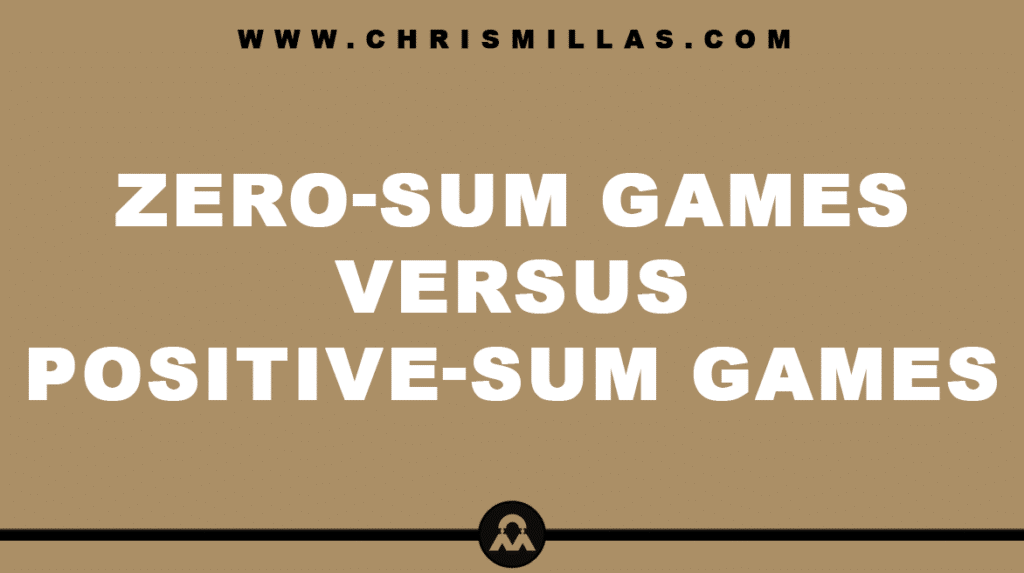In this post, we’ll unpack all you need to know about menstrual cycles, defining exactly what they are, the four phases and their impact, how to harness them and more.
What Is A Menstrual Cycle?
A menstrual cycle is a monthly process that women go through which involves hormonal changes that prepare the body for pregnancy, leading to menstruation if no pregnancy occurs.
The 4 Phases Of A Menstrual Cycle
While the length of a menstrual cycle varies from one woman to another, the average spans roughly 28 days. Each cycle consists of four unique phases. They are:
- Menstrual Phase
- Follicular Phase
- Ovulation Phase
- Luteal Phase
A woman’s menstrual cycle is intimately linked with her hormones. Hormone fluctuations are responsible for transitioning the body from one phase to the next. With each change in phase, a woman’s needs in a relationship change too.
Below we’ll unpack each of the four phases and look at how couples can best navigate each phase.
Phase 1 ― Menstrual Phase (Day 1-5)
Phase 1, the Menstrual Phase, lasts roughly from day 1 to day 5.
This phase is defined by feelings of decreased energy and fatigue as a woman’s body sheds the uterine lining.
During this phase, a woman needs to increase her levels of progesterone and decrease her levels of testosterone.
During this phase, a woman prefers more nurturing and feminine energy from a man.
Phase 2 ― Follicular Phase (Day 6-14)
Phase 2, the Follicular Phase, lasts roughly from day 6 to day 14.
This phase is defined by feelings of increased energy and optimism a woman’s body prepares for ovulation.
During this phase, a woman needs to increase her levels of estrogen and decrease her levels of cortisol.
During this phase, a woman prefers more playful and masculine energy from a man.
Phase 3 ― Ovulation Phase (Day 12-17)
Phase 3, the Ovulation Phase, lasts roughly from day 15 to day 17.
This phase is defined by feelings of increased energy and attractiveness as a woman’s body reaches the peak of her fertility.
During this phase, a woman needs to increase her levels of estrogen and oxytocin and decrease her levels of testosterone.
During this phase, a woman prefers more passionate and masculine energy from a man.
Phase 4 ― Luteal Phase (Day 18-28)
Phase 4, the Luteal Phase, lasts roughly from day 18 to day 28.
This phase is defined by feelings of decreased energy and calmness as her body prepares for a possible pregnancy.
During this phase, a woman needs to increase her levels of progesterone and decrease her levels of estrogen.
During this phase, a woman prefers more stable and feminine energy from a man.
4 Phases Of Menstrual Cycle Table Summary
| Phase 1 | Phase 2 | Phase 3 | Phase 4 | |
|---|---|---|---|---|
| Days | 1-5 | 6-14 | 12-17 | 18-28 |
| Energy | Decreased | Increased | Increased | Decreased |
| Desires | Feminine Energy | Masculine Energy | Masculine Energy | Feminine Energy |
How To Leverage A Woman’s Menstrual Cycle
By understanding both the changes in hormones and the changes in needs within each different phase, couples can use this information to help a woman get the necessary and appropriate support, leading to a happier and more fulfilling relationship.
The Evolutionary Perspective
From an evolutionary perspective, when a woman isn’t ovulating, she prioritises short-term genetic benefits and prefers more masculine energy from a man and when a woman is ovulating she prioritises his long-term security benefits and prefers more feminine energy from a man.
Summary (TL;DR)
A menstrual cycle is a monthly process that women go through involving hormonal changes that prepare the body for pregnancy, leading to menstruation if no pregnancy occurs.
Menstrual cycles manifest in four phases: the Menstrual Phase defined by decreased energy, the Follicular Phase defined by increased energy, the Ovulation Phase defined by increased energy and the Luteal Phase defined by decreased energy.
By understanding each of the different phases and the different hormones that rise and fall within each phase, women can take the necessary and appropriate action to satisfy their needs as well as knowing how they can get the necessary and appropriate support from their partner, leading to a happier and more fulfilling relationship.







